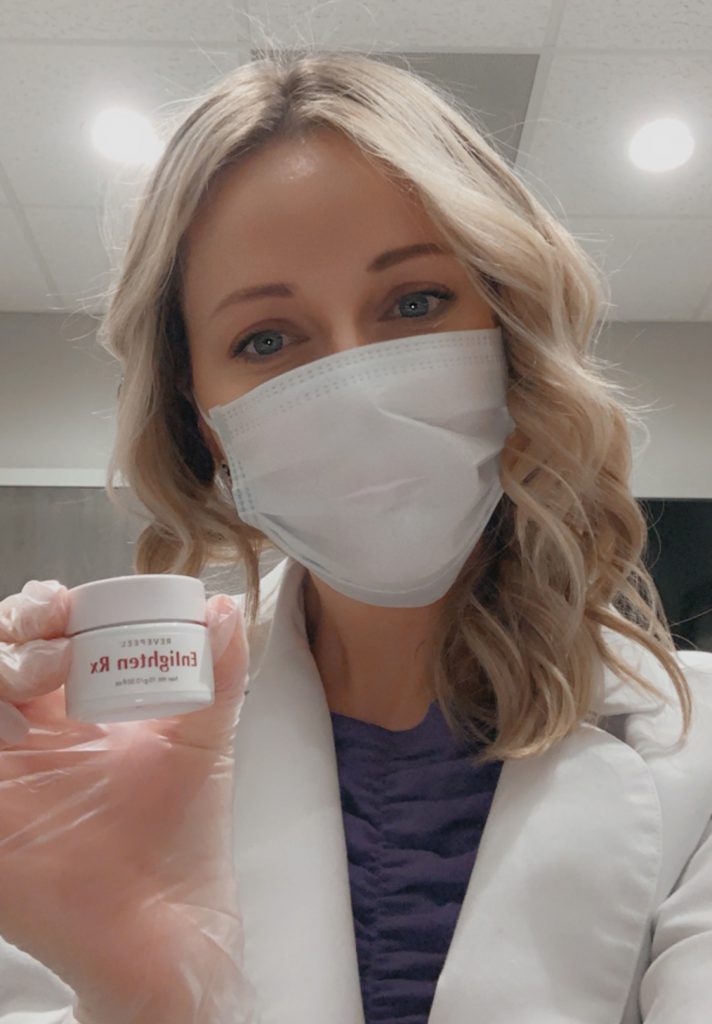When it comes to achieving the flawless complexion of your dreams, nothing can be quite as frustrating as unwanted dark spots. Whether you have all-over patches of discoloration or simply a bothersome spot or two, the Skin Squad at Wise Med Spa has a solution for you!

Hyperpigmentation, or skin that appears darker in spots or patches, is caused by an overproduction of melanin — the natural pigment that gives our skin, hair and eyes their color. A number of factors can trigger an increase in melanin production, but the main ones are sun exposure, hormonal influences, age, and skin injuries or inflammation.
The most common forms of hyperpigmentation are:
- Melasma
- Sun spots
- Post-inflammatory hyperpigmentation
Melasma affects more than 5 million people in the United States alone. A common cause for it is yet to be found; however, most doctors agree it may be caused by the malfunction of melanocytes (color making cells) in the skin, causing the overproduction of color. Thus, people who have darker skin tones, and subsequently have more melanocytes, are more likely to develop the condition. Other potential triggers include sun exposure, skin care products that irritate the skin, and hormone changes from hormone treatments, taking birth control pills or pregnancy (chloasma). Depending on the nature of the melasma, it can be treated with chemical peels, such as the Enlighten Depigmentation Treatment or VI Peel, or with a combination of laser treatments.
Sun spots, also known as lentigines or age/liver spots, are caused by overactive pigment cells, and worsened by exposure to UV light. These spots may affect people of all skin types, but they’re more common in adults with light skin. Unlike freckles, age spots don’t fade.
The best way to prevent age spots from forming is continuous use of sunscreen with SPF 30 or higher, all throughout the year, and staying away from direct sunlight. Once the spots have formed, the most effective treatment is PicoWay. Picoway breakthrough technology directs energy to the spots, shattering the pigment and eliminating it naturally over time. Learn more about PicoWay here.
Another very common form of hyperpigmentation occurs after damage or irritation to the skin. It’s called PIH or Post-inflammatory hyperpigmentation, causing the the skin involved to turn tan, brown or purple. PIH is especially common in people with skin of color, but it does occur in all skin types, often being caused by acne, insect bites, psoriasis, etc. Learn more about pigmentation and how it can be treated in this informational video by our Nurse Practitioner Radhika!
Ready to tackle your pigmentation concerns? Consultations with our team are always complimentary. Fill in the form below or call 973-658-4019 to book!

